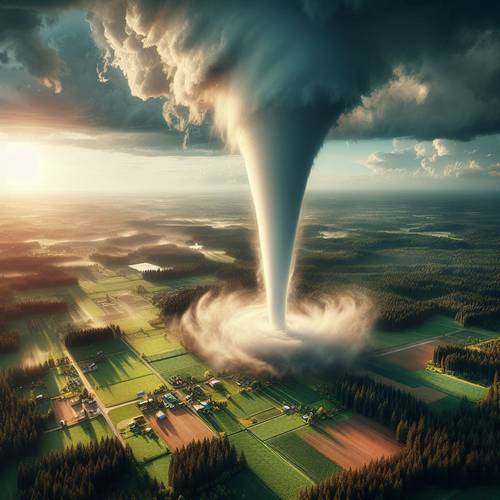Definition and Characteristics
Tornadoes are violent windstorms characterized by a twisting, funnel-shaped cloud. They form from powerful thunderstorms and are known for their destructive force. Waterspouts, on the other hand, are tornadoes that occur over water bodies. They feature a funnel-shaped cloud extending downward to the water's surface. While tornadoes primarily occur over land, waterspouts are unique phenomena that develop over oceans, lakes, or rivers.
Formation Process
Tornadoes form when warm, moist air collides with cold, dry air, creating instability in the atmosphere. This instability leads to the development of rotating updrafts within thunderstorms, eventually forming a tornado. Waterspouts form through a similar process, but they typically occur over warm bodies of water. As the warm, moist air rises, it meets cooler air aloft, resulting in the formation of a rotating column of air over the water's surface.
Classification and Categories
Tornadoes are classified based on their intensity and the damage they cause, using the Enhanced Fujita (EF) scale. This scale ranges from EF0 to EF5, with EF5 being the most destructive. Waterspouts are categorized into two main types: tornadic waterspouts and fair-weather waterspouts. Tornadic waterspouts are similar to land-based tornadoes and are associated with severe thunderstorms, while fair-weather waterspouts are generally less intense and form under fair weather conditions.






